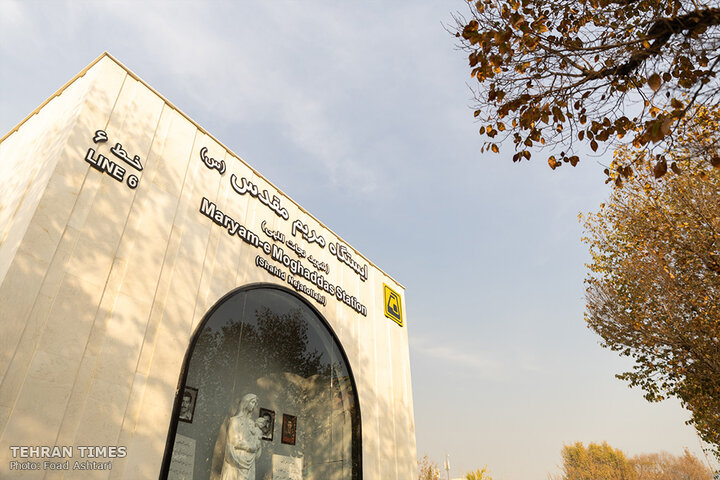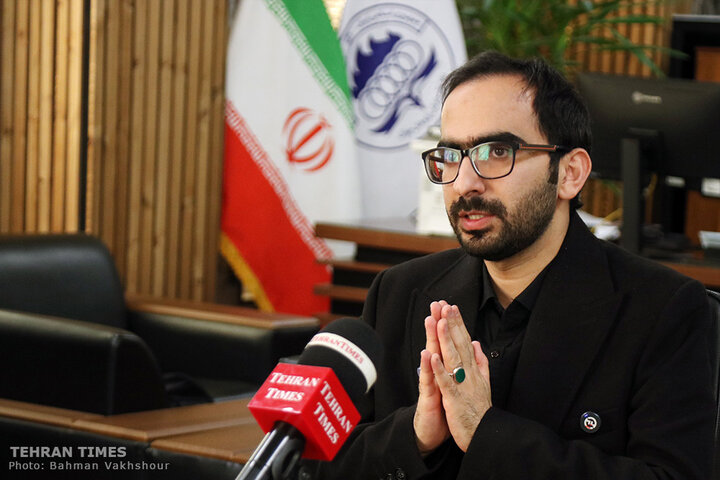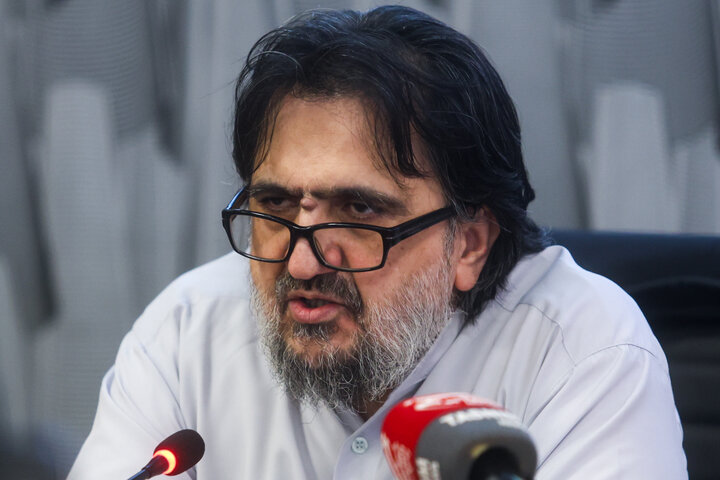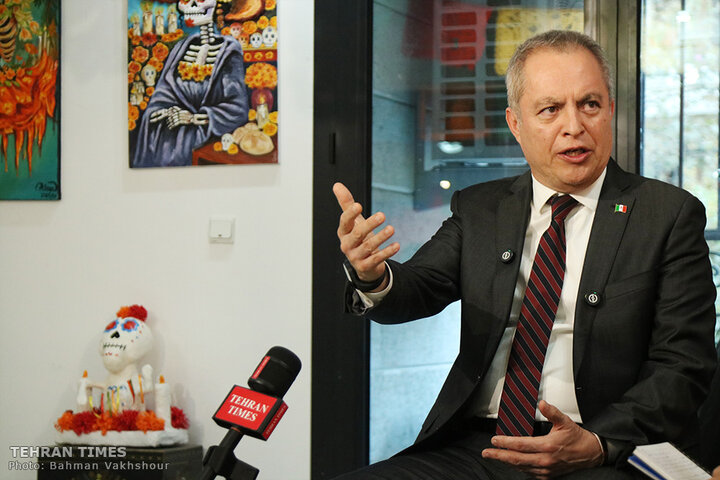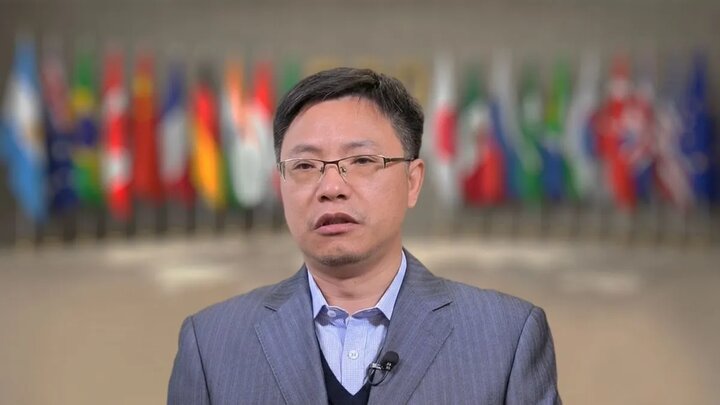-
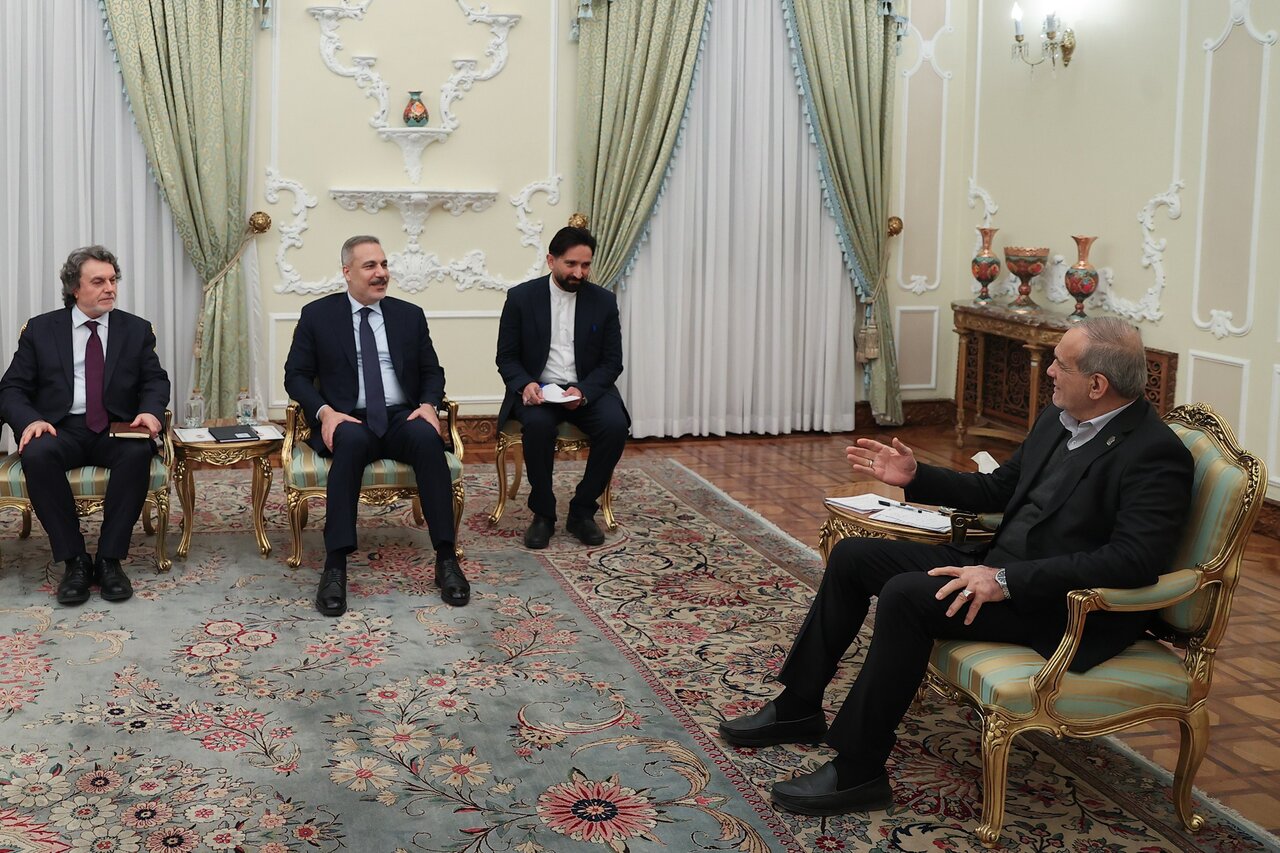 2025-11-30 22:00
2025-11-30 22:00
$30 Billion Roadmap for Tehran–Ankara Ties
Pezeshkian and Fidan push new projects in trade, transit and energy
TEHRAN – Targeting $30 billion in Iran–Turkey trade relations, Tehran and Ankara have pledged to turn their historic and cultural ties into a stronger economic partnership, as President Masoud Pezeshkian and Turkish Foreign Minister Hakan Fidan called for deeper cooperation in trade, transit, and regional security.
-
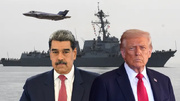
By Shahrokh Saei
Law above the clouds: Caracas counters Washington’s illegal threats
TEHRAN – Venezuela has forcefully rejected recent threats from President Donald Trump to treat its skies as closed, arguing the United States has no legal authority to impose restrictions on another nation’s airspace. Officials in Caracas insist that the move is not only illegitimate but also a direct challenge to the principles of international law.
-

By Sondoss Al Asaad
Lebanon’s war anxiety: Between genuine peril and manufactured panic
BEIRUT- Lebanese society has long been marked by debates, disagreements, and deep ideological fault lines. Division is not a uniquely Lebanese pathology but a universal human reflex—dating back, as Rousseau suggested, to the moment the first man staked a claim and declared, “This is mine.”
-

By Wesam Bahrani
Gaza’s death toll hits grim milestone of 70,000
TEHRAN – More than 70,000 Palestinians have been killed as the occupying Israeli regime’s genocidal assault on Gaza continues with no end in sight.
-
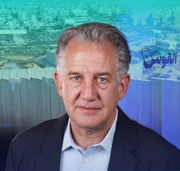
By Sahar Dadjoo
Israel waging ‘ecocide’ to erase Gaza’s future, expert warns
Omar Nashabeh says destruction of Gaza’s ecosystems proves a long-term strategy to make Palestinian life impossible
TEHRAN - As the “Right to Resist” International People’s Tribunal on Palestine delivered its landmark verdict in Barcelona—finding Israel, the United States, key European states, and other actors guilty of genocide, ecocide, forced starvation, and systematic violations of international law—one of the most compelling expert voices was that of Dr. Omar Nashabeh.
-
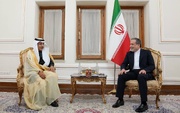
Saudi deputy FM holds talks in Tehran as Iran calls for stronger regional coordination
TEHRAN – Saudi Arabia’s Deputy Foreign Minister for Political Affairs, Saud bin Mohammed Al-Satti, arrived in Tehran on Sunday for consultations with senior Iranian officials.
Politics
-
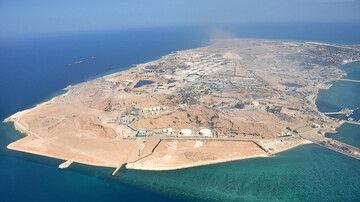
Iran officially registers sovereignty over trio Persian Gulf islands
TEHRAN – Iran has officially issued land demarcation and ownership documents for the islands of Bu Musa and the Greater and Lesser Tunbs in the Persian Gulf, reaffirming its sovereignty over these territories.
-

Venezuela thanks Tehran for supporting Caracas
TEHRAN – Venezuelan Foreign Minister Yván Gil Pinto has expressed his gratitude to Iran for backing the Latin American nation in the face of US military threats and pressure.
-

World now views Iran as a prominent maritime power: Navy chief
TEHRAN – Rear Admiral Shahram Irani, commander of the Iranian Army Navy, says the Islamic Republic is increasingly viewed as a growing naval power, citing expanded deployments in oceanic waters and heightened participation in international maritime engagements.
Sports
-

Iran’s U17 elimination signals a deeper football crisis
TEHRAN - Iran’s 2–1 defeat against India, and the subsequent failure to qualify for the AFC U17 Asian Cup 2026, was more than just a disappointing result. It was the latest and clearest symptom of a deep, structural crisis gripping Iran’s youth football system.
-

Marko Bakic misses Tehran derby
TEHRAN – Persepolis will be without iconic midfielder Marko Bakic for the Tehran derby against Esteghlal.
-

Iran’s Abazari takes silver at 2025 World Karate Championships
TEHRAN – Saleh Abazari of Iran seized a silver medal at the 2025 World Karate Championships Sunday night.
Culture
-

“All That’s Left of You”: a story shot in the eye of the storm
TEHRAN- “All That’s Left of You” is the latest work by Cherien Dabis — the Palestinian-American director, writer, and actor. Released in January 2025, the film places the audience on a historical journey, from the beginning of the Nakba (1948) to present-day Palestine, following the story of a single family to illuminate the harrowing fate of a people whom Zionist forces sought to erase from history.
-
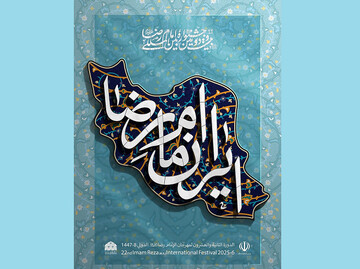
Imam Reza (AS) Intl. Festival to showcase art, literature, scholarly works
TEHRAN- The 22nd edition of Imam Reza (AS) International Festival is scheduled to be held in various provinces in Iran in April 2026, featuring a diverse range of cultural, artistic, and scholarly programs.
-

Iranian animation “The Legend of Sepehr” wins top award at Tanzanite International Film Festival
TEHRAN – The Iranian animated film “The Legend of Sepehr” directed by Emad Rahmani and Mehrdad Mehrabi won the top award of the Tanzanite International Film Festival, which was held in Dar es Salaam, Tanzania, from November 27 to 29.
Economy
-
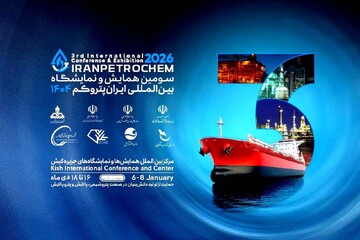
Top petchem companies to gather in Kish for Iran Petrochem 2026
TEHRAN – Leading companies in Iran’s petrochemical industry will gather on Kish Island in mid-January 2026 for the third Iran Petrochem International Conference and Exhibition (Petrochem 2026), aimed at addressing sector challenges and showcasing the latest innovations, products, and technologies.
-
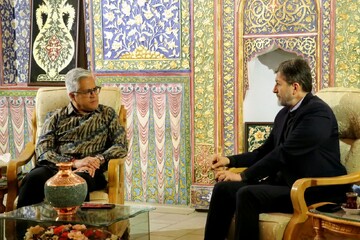
Indonesia aims to expand economic cooperation with Iran, envoy says
TEHRAN – Indonesia is seeking to deepen economic cooperation with Iran, with a focus on high-tech industries, investment and private-sector engagement, the country’s ambassador said during a meeting with the governor of Isfahan.
-

Iran, Pakistan ink several MOUs in Karachi intl. food, agriculture expo
TEHRAN- The ambassador of Pakistan to Tehran stated that a trade delegation from Iran participated in the Karachi International Food and Agricultural Exhibition, and during the event, the two countries signed several memoranda of understanding, including a $4 million trade agreement.
Society
-
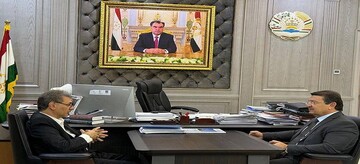
Health Insurance Organization, Tajikistan health ministry to boost ties
TEHRAN – The Head of the Iranian Health Insurance Organization, Mohammad-Mehdi Nasehi, and the Minister of Health and Social Protection of Tajikistan, Jamoliddin Abdullozoda, have agreed to promote cooperation between the two countries in the field of medical health insurance.
-
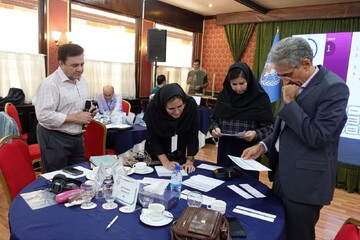
Workshop held to promote national immunization capacity
TEHRAN – Supported by the Global Alliance for Vaccines and Immunization (Gavi), the Vaccine Alliance, and the World Health Organization (WHO), in cooperation with the Ministry of Health and Medical Education (MoHME) of Iran, has organized a workshop to promote Iran’s National Immunization Technical Advisory Group (NITAG) capacity.
-
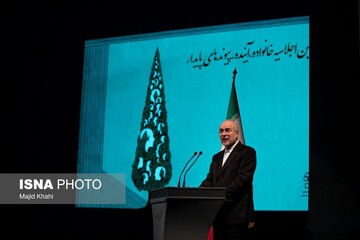
Tehran hosts 2nd Intl. Symposium on Family, Future, Sustainable Bonds
TEHRAN – The Second International Symposium on ‘Family, Future, Sustainable Bonds’ was held on Monday, with President Masoud Pezeshkian and Parliament Speaker Mohammad-Baqer Qalibaf attending the event.
Tourism
-
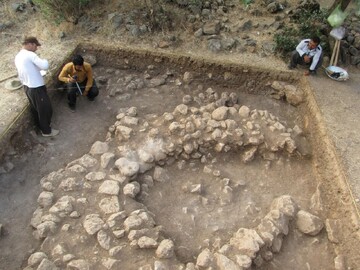
Excavations reveal secrets of seasonal pastoral camp in Hawraman Mountains
TEHRAN — Newly published findings from rescue excavations at the Bardeh Mar archaeological site in Iran’s Hawraman region are shedding fresh light on the seasonal rhythms of pastoral life during the Islamic period.
-
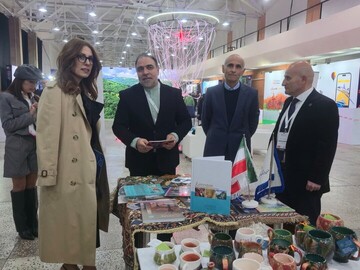
Iran attractions showcased at Yerevan tourism exhibition
TEHRAN—Iran participated at Yerevan international tourism exhibition which was recently held at Meridian Expo & Event Centre in Yerevan, Armenia.
-
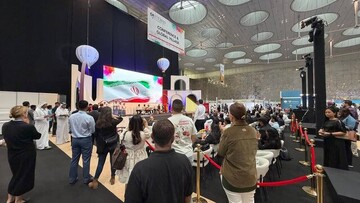
Iran highlights itself as safe, family-friendly destination at QTM 2025
TEHRAN--Iran has taken great steps to boost tourism in the Persian Gulf region by emphasizing its introduction as a safe, family-friendly, and affordable destination at Qatar Travel Mart (QTM 2025).
International
-

Law above the clouds: Caracas counters Washington’s illegal threats
TEHRAN – Venezuela has forcefully rejected recent threats from President Donald Trump to treat its skies as closed, arguing the United States has no legal authority to impose restrictions on another nation’s airspace. Officials in Caracas insist that the move is not only illegitimate but also a direct challenge to the principles of international law.
-

Lebanon’s war anxiety: Between genuine peril and manufactured panic
BEIRUT- Lebanese society has long been marked by debates, disagreements, and deep ideological fault lines. Division is not a uniquely Lebanese pathology but a universal human reflex—dating back, as Rousseau suggested, to the moment the first man staked a claim and declared, “This is mine.”
-

Gaza’s death toll hits grim milestone of 70,000
TEHRAN – More than 70,000 Palestinians have been killed as the occupying Israeli regime’s genocidal assault on Gaza continues with no end in sight.
Video Comment
-

Holy Mary Metro Station marks interfaith unity in Tehran
-

Academics analyze social dimensions of Resistance in Tehran conference
-

Culture minister highlights year of progress in arts, global image enhancement
-

Gazan Journalists attacked by Israel
-

Brother of Iranian scientist murdered in Israeli strike speaks out
Most Viewed
-
$30 Billion Roadmap for Tehran–Ankara Ties
-
Key upgrades to domestic air-defense systems now being implemented, Iran says
-
Holy Mary Metro Station marks interfaith unity in Tehran
-
Floating base, destroyer join Iranian Navy
-
Air defense network on full alert, says Iranian commander
-
Iran, Russia, Azerbaijan expand railway co-op in North-South Corridor with MOU
-
Pro-Palestine group publishes names of Unit 8200 operatives, posts $10,000 bounties
-
Saudi deputy FM holds talks in Tehran as Iran calls for stronger regional coordination
-
Iran officially registers sovereignty over trio Persian Gulf islands
-
Iran’s non-oil trade reaches $76.5b in 8 months
-
World now views Iran as a prominent maritime power: Navy chief
-
Will south Syria replicate south Lebanon’s experience?
-
Iran and the strategic reconfiguration of West Asia
-
16th-century Ardabil carpets lie far from home in London and Los Angeles
-
Law above the clouds: Caracas counters Washington’s illegal threats
